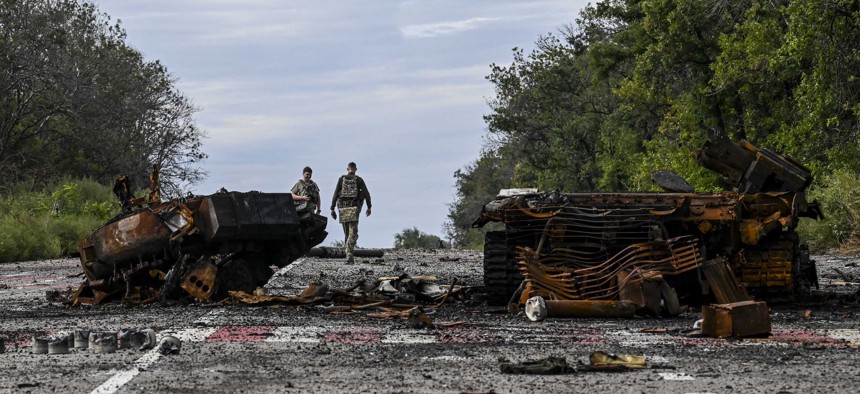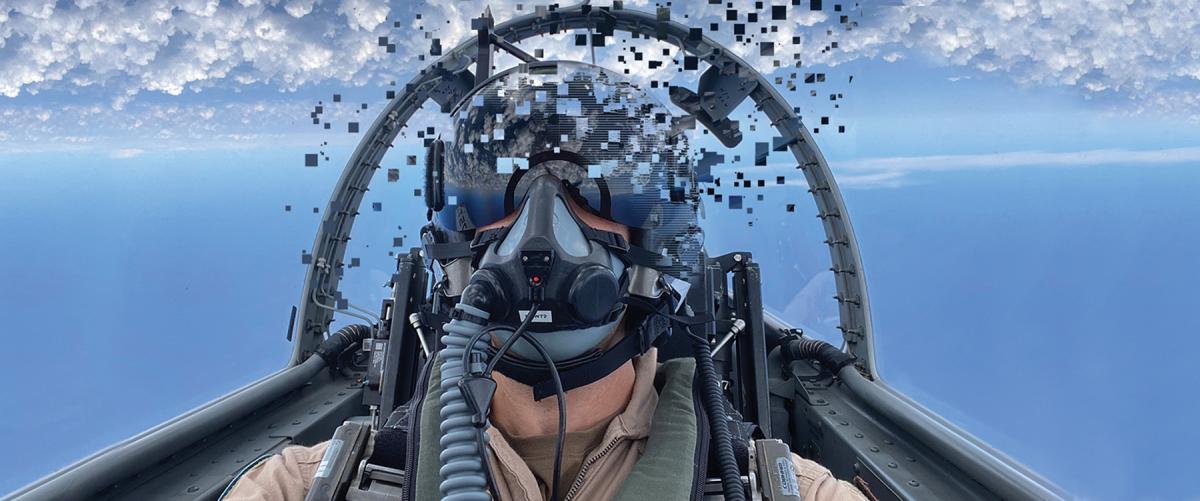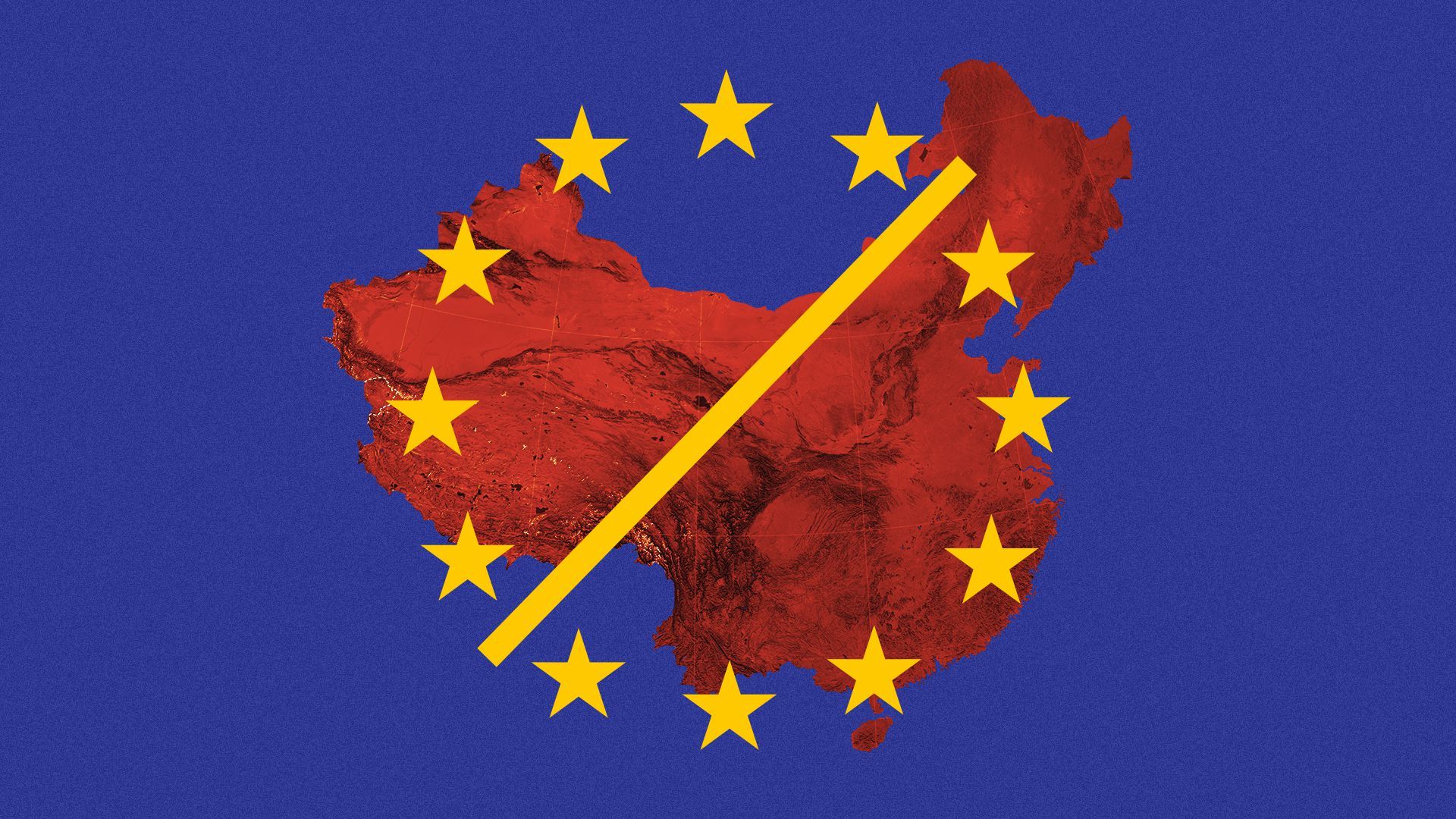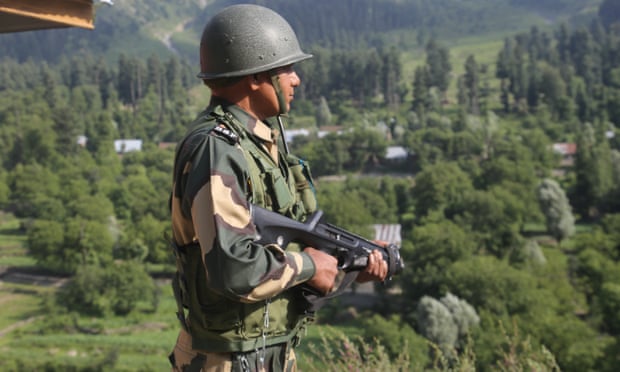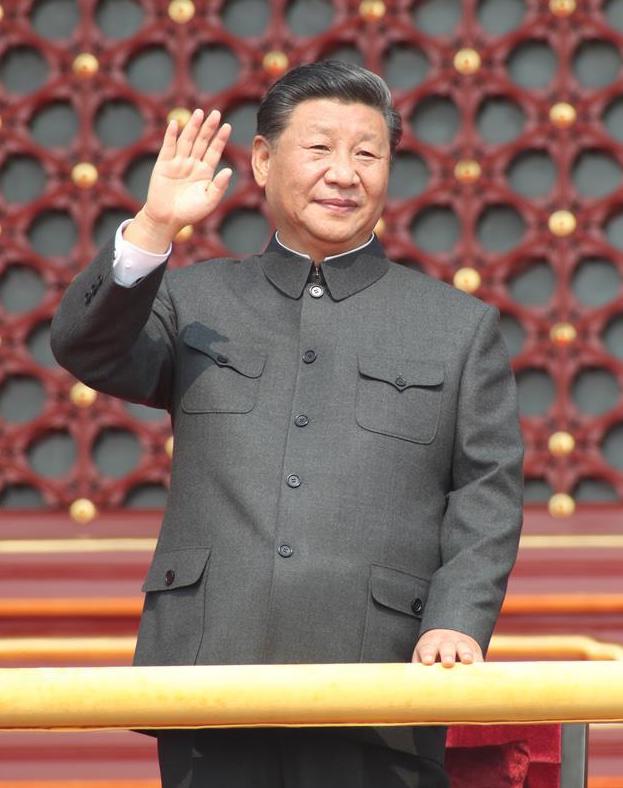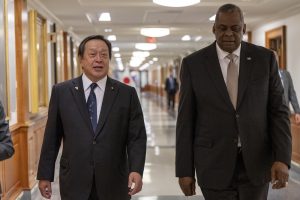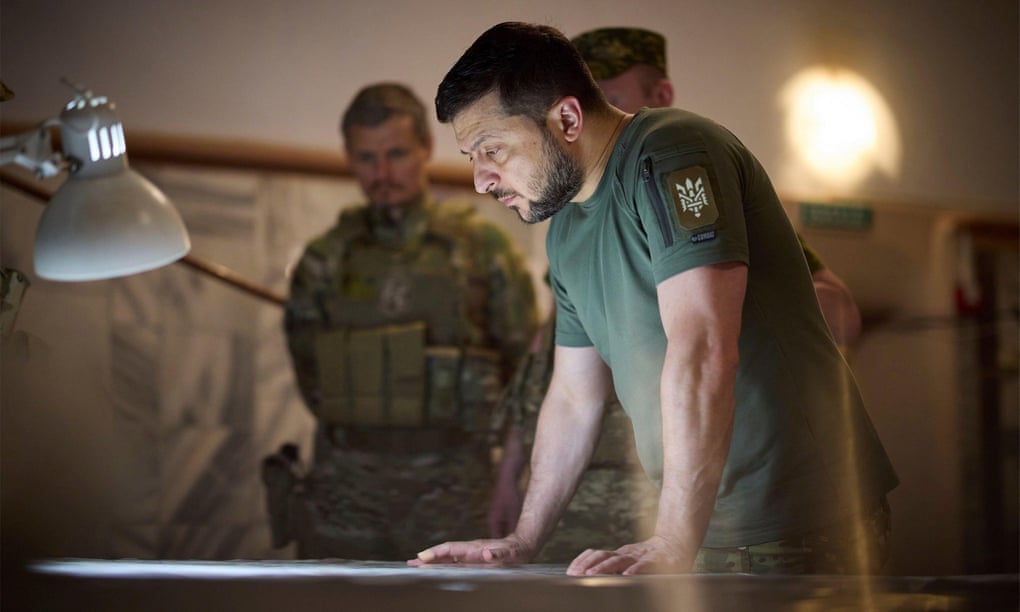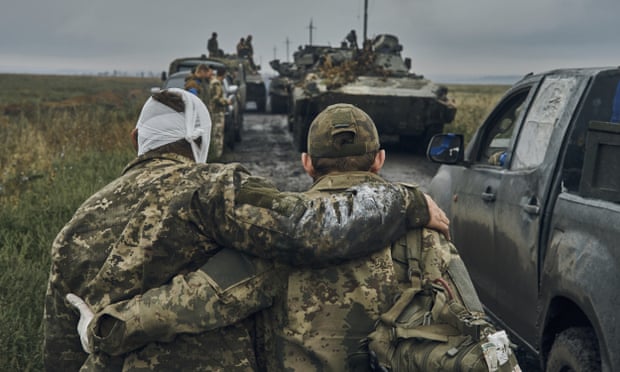Joshua Keating
:quality(100)/cloudfront-us-east-1.images.arcpublishing.com/thesummit/SLMHSQUHK5AFXCKXOJOLEYVAQI.jpg)
The very first images that many saw of the war in Ukraine were not raw footage from the battlefield or aerial bombardments, but two frazzled-looking, middle-aged men facing off across a conference table at the U.N. Security Council in New York.
On the night of Feb. 24, the council was in session at a meeting that had been called as a last-ditch effort to convince Russia to back down. For a time, Russia’s ambassador, Vassily Nebenzia, who happened to hold the council’s rotating chair at the time, seemed unaware that the “special military operation” had actually begun, until his Ukrainian counterpart, Sergiy Kyslytsya, challenged him to contact his superiors in Moscow: “You have a smartphone. You can call.” He then asked Nebenzia to relinquish his chair, saying, memorably, “There is no purgatory for war criminals, they go straight to hell.”
It was one of the most dramatic moments in the history of a forum that has not lacked for drama in its 77 years of history. But the images of delegates continuing to talk about de-escalation at the very moment missiles were raining down on Kyiv, Kharkiv and other Ukrainian cities could also serve as a metaphor for the U.N.’s irrelevance to the conflict in its early days.
